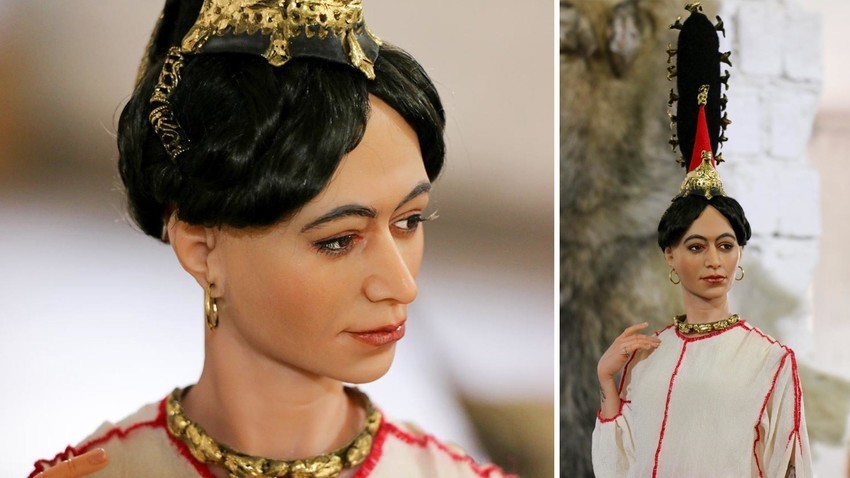The mummy of a Scythian noblewoman found in Siberia and full of tattoos is believed to have supernatural powers, but it is kept in a museum for its scientific value.
–
In 1993, Russian archaeologist Natalia Polosmak and her team discovered an ancient tomb on the Ukok Plateau, in Russia’s Altai Mountains region, near the border with China.
The Ukok Plateau
Kobsev (CC BY-SA 3.0) —
The grave was embedded in ice. When the archaeologists carefully melted it, they found objects linked to the burial of a very important person: six horses in full harnesses were slaughtered and buried near a wooden coffin made from a massive larch log. Inside the coffin the body of a young woman was buried, in an astonishing state of preservation: even the tattoos on her skin could be clearly seen.
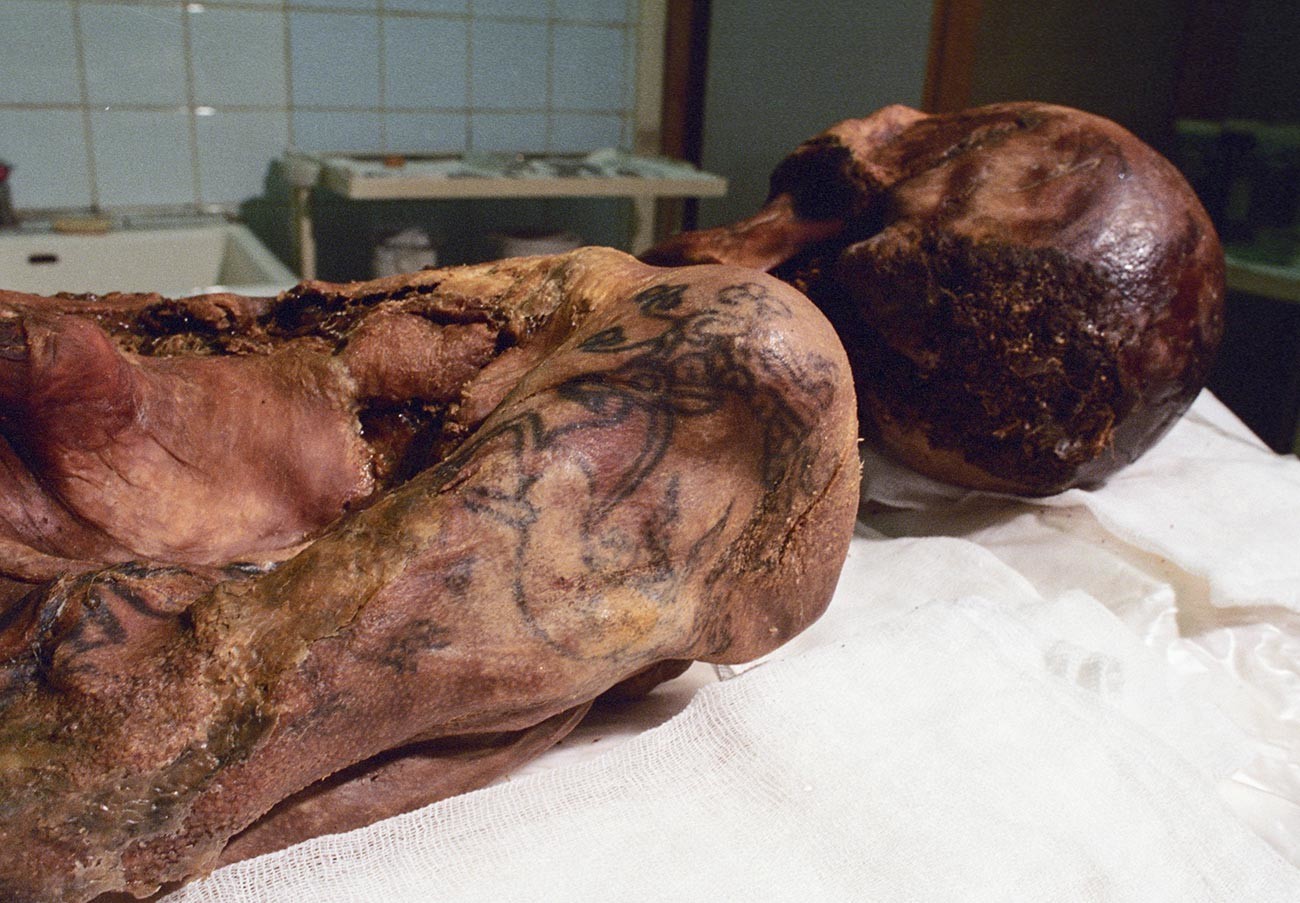
The corpse of the “Siberian Ice Maiden”, with her tattooed arm exposed.
Yuri Zaritovsky/Sputnik —
The archaeologists transported the body to Novosibirsk to do the investigations. This provoked the outrage of the Altai people. They continue to believe that the “Princess of the Ukok Plateau”, or, as the English press called her, “The Siberian Ice Maiden” is the mystical guardian of Altai who protects against evil powers. . The locals claimed that the “princess” was the progenitor of the Altai people and that she should be returned to her burial place.
Was she really a princess?
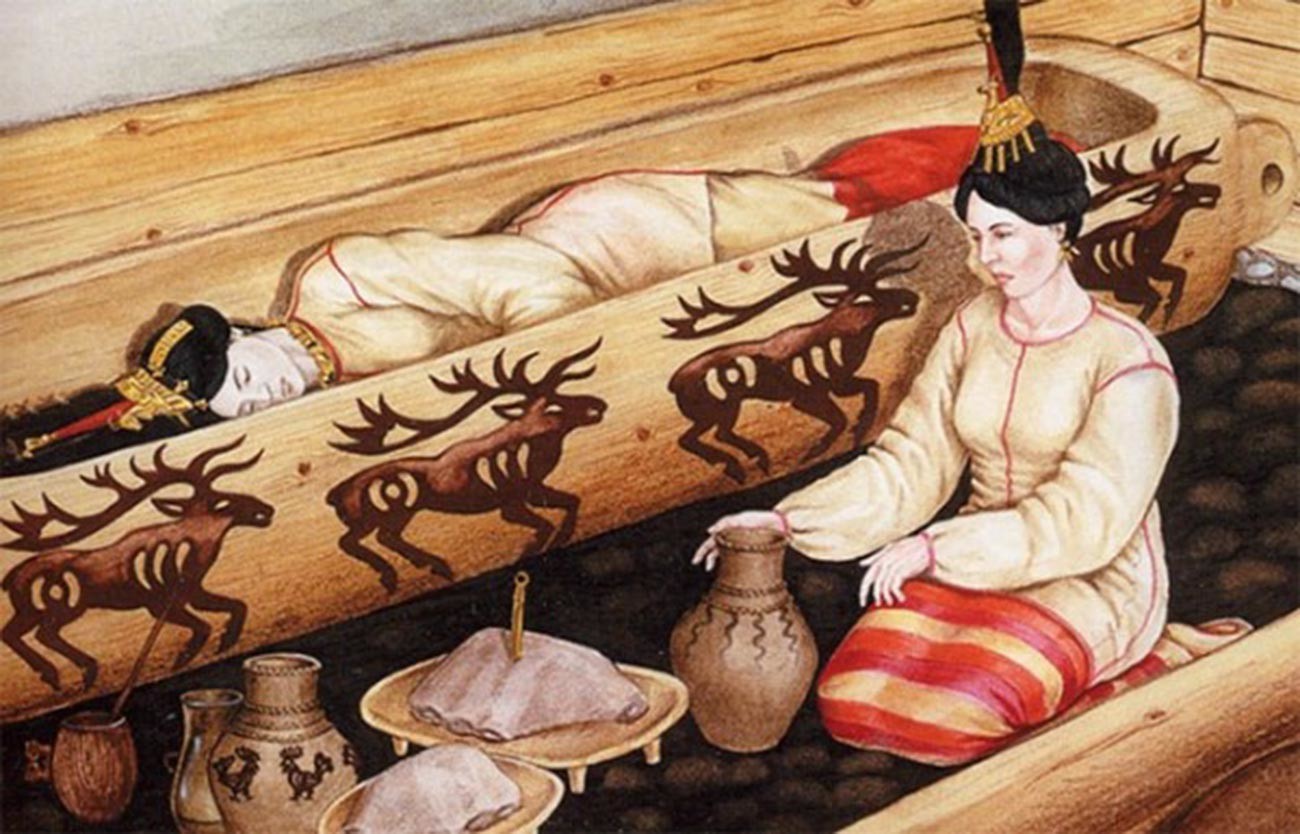
Reconstruction of the burial of the “Siberian Ice Maiden”.
National Museum of the Altai Republic in Gorno Altaisk —
The woman’s body, carefully embalmed with peat and bark, was turned on its side as if it were asleep. He was young and had cropped hair, but he wore a wig and a tall hat. It measured 167 cm. On his pale skin were a few tribal animal-style tattoos – horned creatures evolving into flowery shapes. Her coffin was large enough to accommodate the 3-foot felt headdress she was wearing. She also wore a long red and white striped wool skirt and white felt stockings.
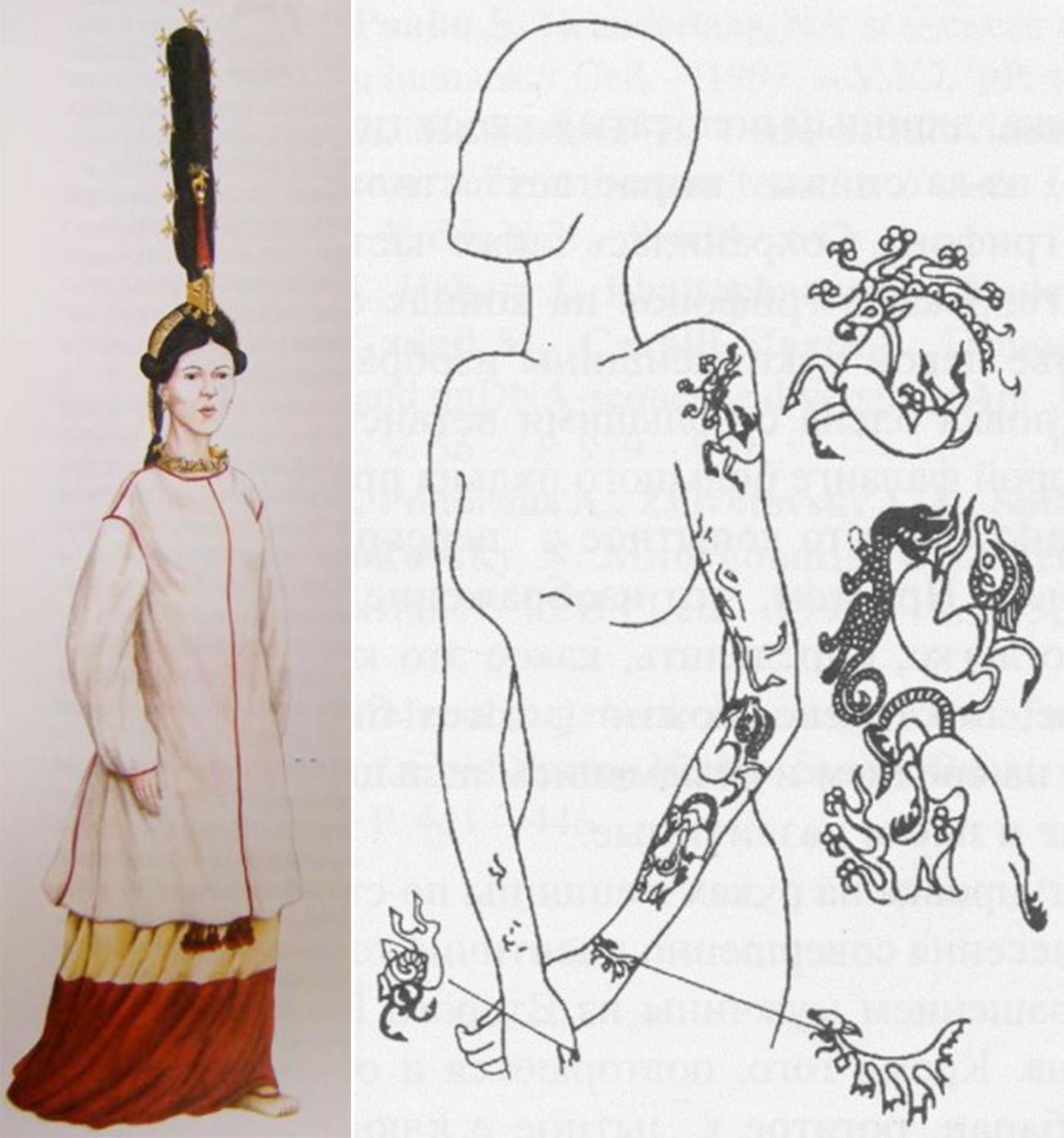 –
–
The mummy belonged to the Pazyryk culture, a grouping of nomadic Scythian tribes that lived in the Altai Mountains between the 6th and 3rd centuries BC. But how could it be preserved so well?
Many Pazyryk burials in this region were flooded, possibly with groundwater, and then froze, leaving the organic remains largely intact. During the 20 years that the Maiden spent in Novosibirsk, scientists studied her corpse quite well and have published their findings.
The embalmed body was buried at least three months after his death. During all this time, the mysterious woman continued to play a special role in the life of her tribe; for example, they placed her on chairs, which can be seen in the prints on the body. At the same time, a complex and lengthy embalming ceremony is a sign of the extraordinary status of the deceased. However, scientists deny her status as a “princess.”
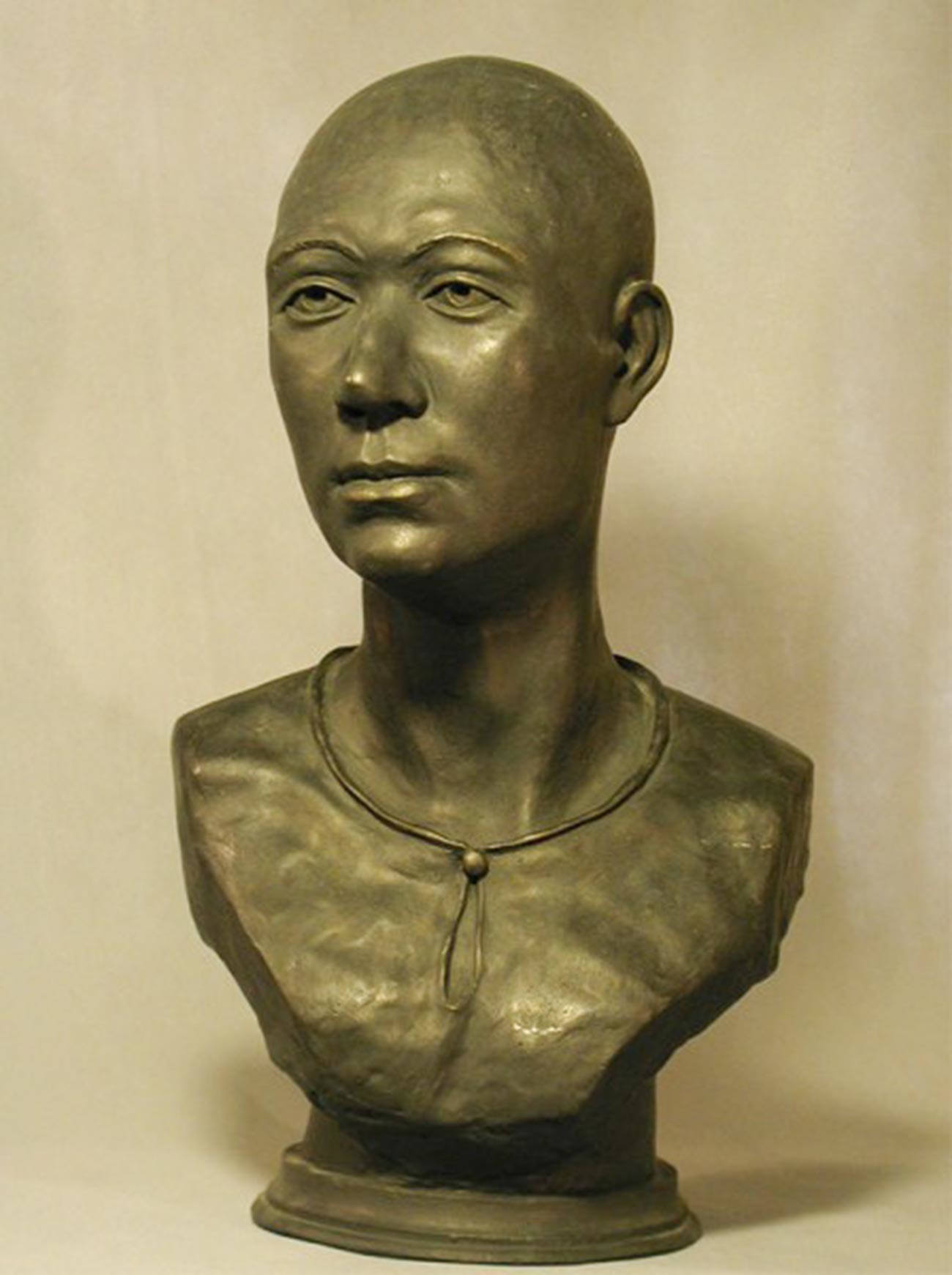 –
–
“It is not accurate to call her a princess. He was a member of the middle layer of Pazyryk society, ”archaeologist Viacheslav Molodin, an academic at the Russian Academy of Sciences and husband of Natalia Polosmak, told the magazine in 2012. Expert-Siberia. “The buzz around our discovery arises when some events occur in the Altai: be it elections, or earthquakes, or a local budget deficit. Immediately, this ‘lady’ is brought out: [algunas personas afirman que] all the problems occur because she is in Novosibirsk, and not in the Altai ”, concluded Molodin.
The shaman woman
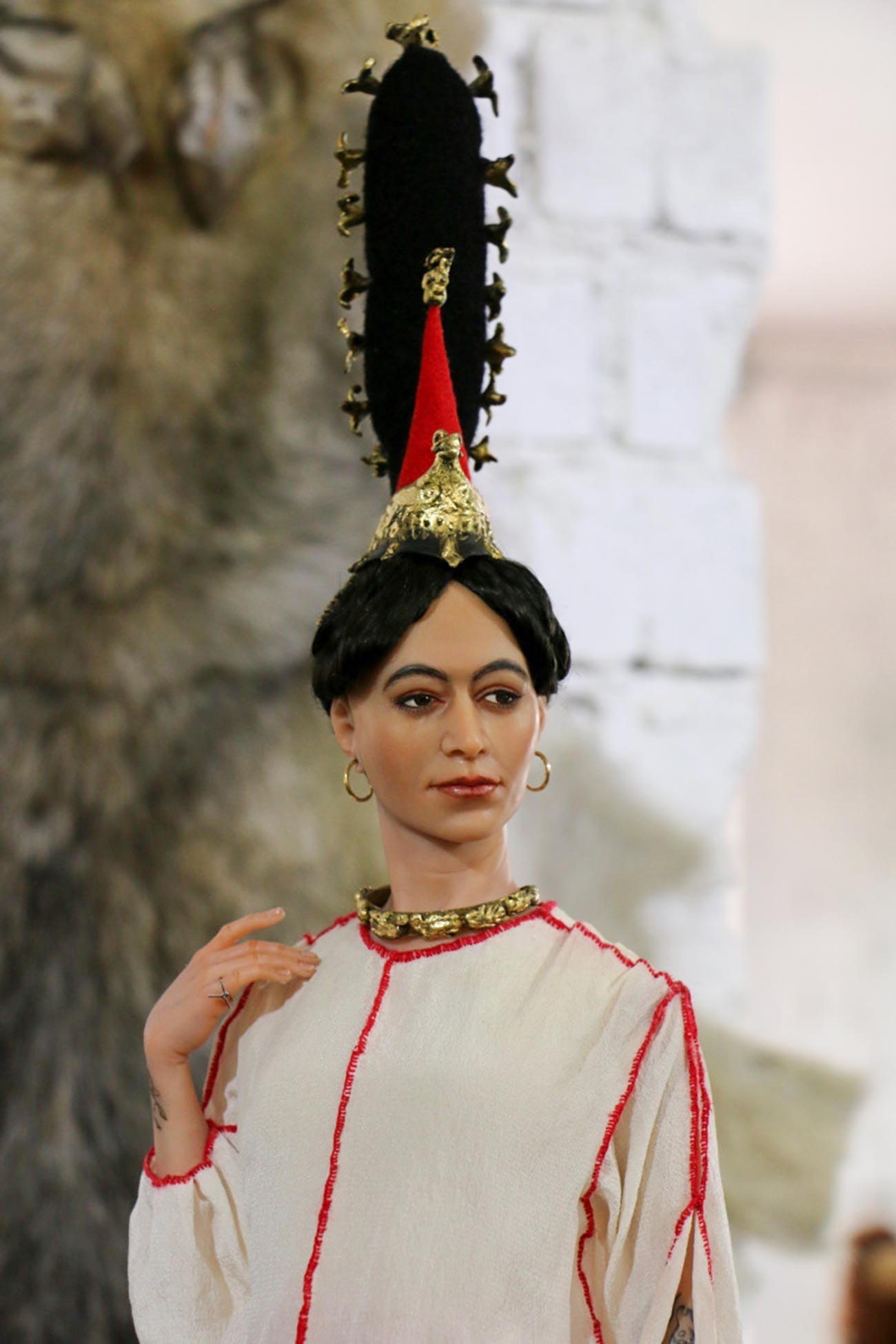 –
–
The Ice Maiden’s tomb was not as large and richly decorated as other Pazyryk nobles’ tombs, located in the same area. In addition, it is located at a certain distance from the noble burials.
In ancient cultures, this type of distance burial was performed with women whose professional occupation involved a vow of celibacy. According to the scientists, she was probably a medicine woman or a shaman. He periodically inhaled copper and mercury fumes (this was established thanks to chemical analysis), which was most likely related to some rites. The vapors were certainly harmful to the woman’s health. But they couldn’t be mortal. So what did the Altai Maiden die of?
The mystery wasn’t solved until the 2010s, thanks to the help of a CT scan. The Maiden was shown to have breast cancer and passed away after three years of illness. He was 25 years old at the time of his death. DNA research conducted on the remains showed that she is genetically related to the contemporary Selkup and Ket peoples, indigenous Siberian tribes still living in Russia.
In 2012, the mummy returned to Altai, but not to his grave. “While shamans performed rituals at the site where it was excavated,” wrote Gertjan Plets for Post-Soviet Affairs In 2019, “¡” indigenous leaders and elders accompanied her to the newly renovated National Museum of the Altai Republic in Gorno Altaisk, a state-of-the-art historical museum curated by indigenous elites that celebrates Altai culture and otherness in the face of Russia”.

Alexánder Kryazhev / Sputnik —
Indeed, Viacheslav Molodin was right in saying that it was often used to divert attention. “Sometimes it is difficult to talk openly about politics, so we use it as a metaphor to talk about the difficult position of the Altai peoples in Russia. To claim it is to claim our land, ”a local journalist and wife of a recently deceased indigenous political leader told Plets.
However, the “Ice Maiden” has returned to Altai. In the museum, it is placed in a special room, according to the beliefs of the indigenous people, and it lies in a copy of a coffin in which it was originally found. Visitors can only see the Maiden on certain days, because constant exposure can damage the remains. On other days, visitors can view the exact copy of the burial site showing what the Maiden might look like when she left this world.
READ MORE: The cradle of ancient civilizations, the Ukok plateau
The copyright law of the Russian Federation strictly prohibits copying all or part of Russia Beyond materials without first obtaining written permission and without including the link to the original text.
–
